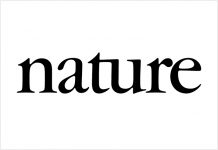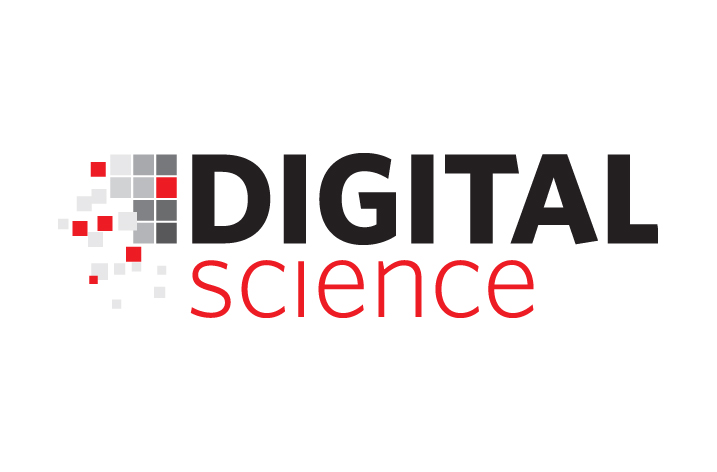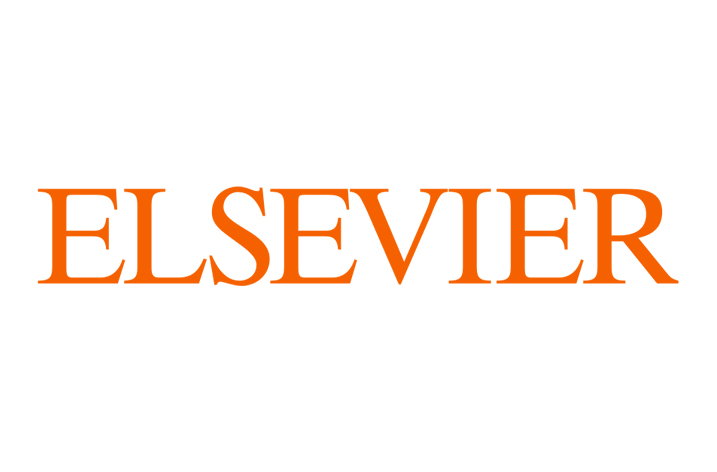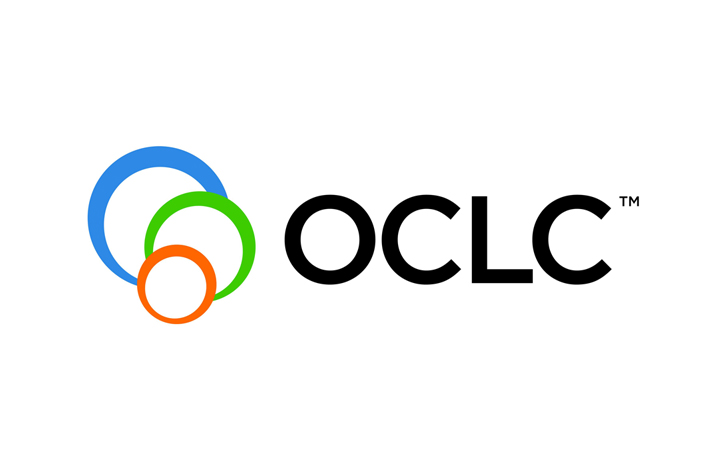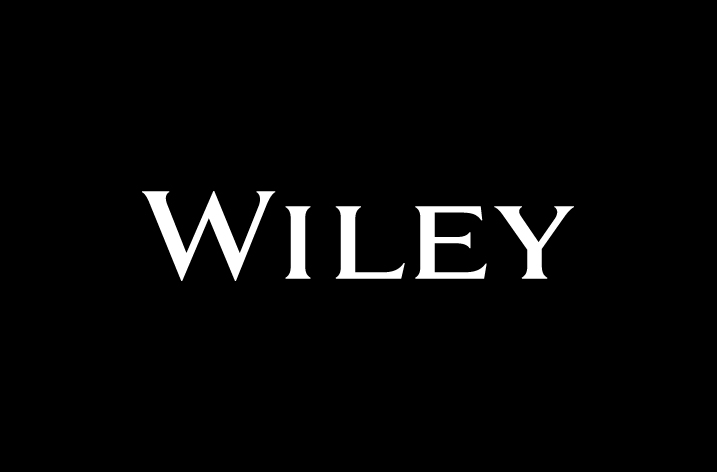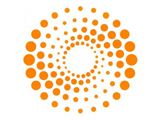
The Intellectual Property & Science business of Thomson Reuters, the world’s leading source of information for businesses and professionals, today unveiled its strategy for the next generation Web of Science, the world’s most trusted citation index for the world’s most important scientific and scholarly literature. A new, user-friendly interface, expanded content and convenient open-web links substantially enhance the Web of Science and its position in the global scientific research community. This industry gold standard covers science, social science, and arts & humanities citation indexes, covering the most important citation activity with the core Web of Science and domain specific and regional indexes spanning research for well over 150 years.
“Our analysis shows customers associate most with the Web of Science as the platform of choice to conduct critical scientific research and to make high-value decisions,” said Gordon Macomber, managing director of Thomson Reuters Scholarly & Scientific Research. “To better serve our growing client base, we are launching the next generation Web of Science as our premier search and discovery platform, and InCites as our comprehensive benchmarking and evaluation platform. These steps demonstrate our commitment to providing our customers with the trusted and authoritative content and tools to make strategic decisions.”
The addition of the SciELO Citation Index, covering Latin America, Spain, Portugal and the Caribbean, exemplifies the content expansion of the core citation databases in Web of Science. The platform also hosts and provides access to the Chinese Science Citation Database and, later this year, will host the Korean Journal Database; these latter two sources bring expanded citation metrics and impactful regional content to the world’s largest and most authoritative citation resource.
The Scholarly & Scientific Research group at Thomson Reuters also announced its mission to make Web of Science content and records easily accessible to researcher end users via links from open-web platforms, such as Google Scholar. This is a significant step toward simplifying the scientific search process for researchers who begin in an open environment.
“Open-web linking, alongside our simplified and powerful user interface, increases the visibility and accessibility of the Web of Science and ultimately the value it delivers to subscribers,” said Chris Burghardt, vice president, Thomson Reuters Scholarly & Scientific Research. “This supports the goal of making Web of Science easily accessible to researchers at all levels of their career and within their existing workflows.”
New open access (OA) functionality was also introduced on the platform. Articles from journals that are entirely OA now have indicators on them for easy identification. Users can also apply search filters to target only open access journals in their searches.
Learn more about Web of Science and InCites, the company’s customized, web-based research evaluation solution that allows users to analyze institutional productivity and benchmark output against peers worldwide.





